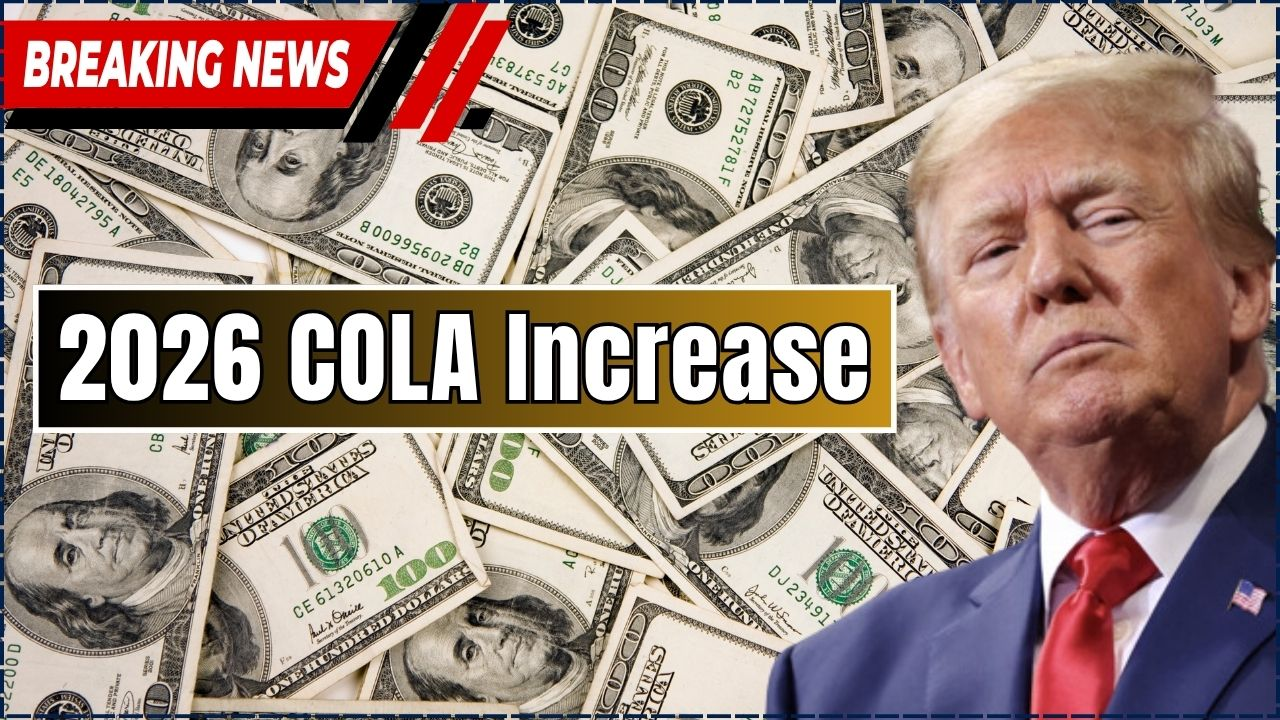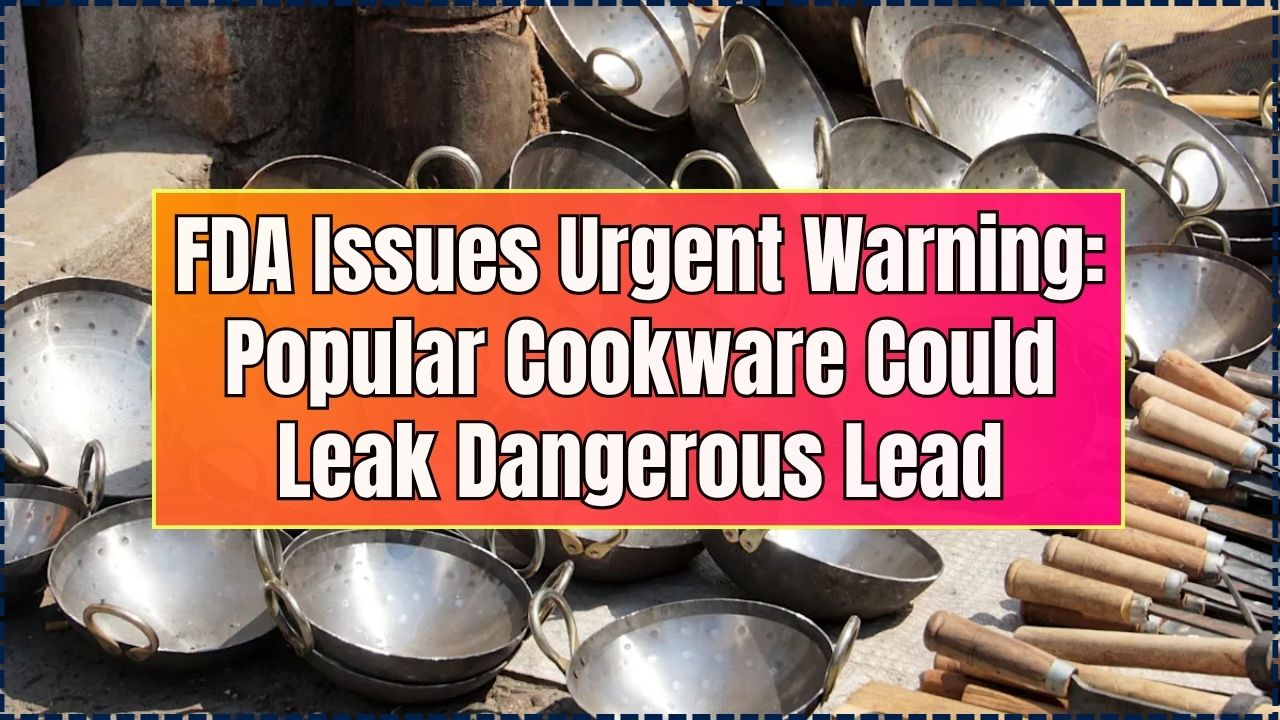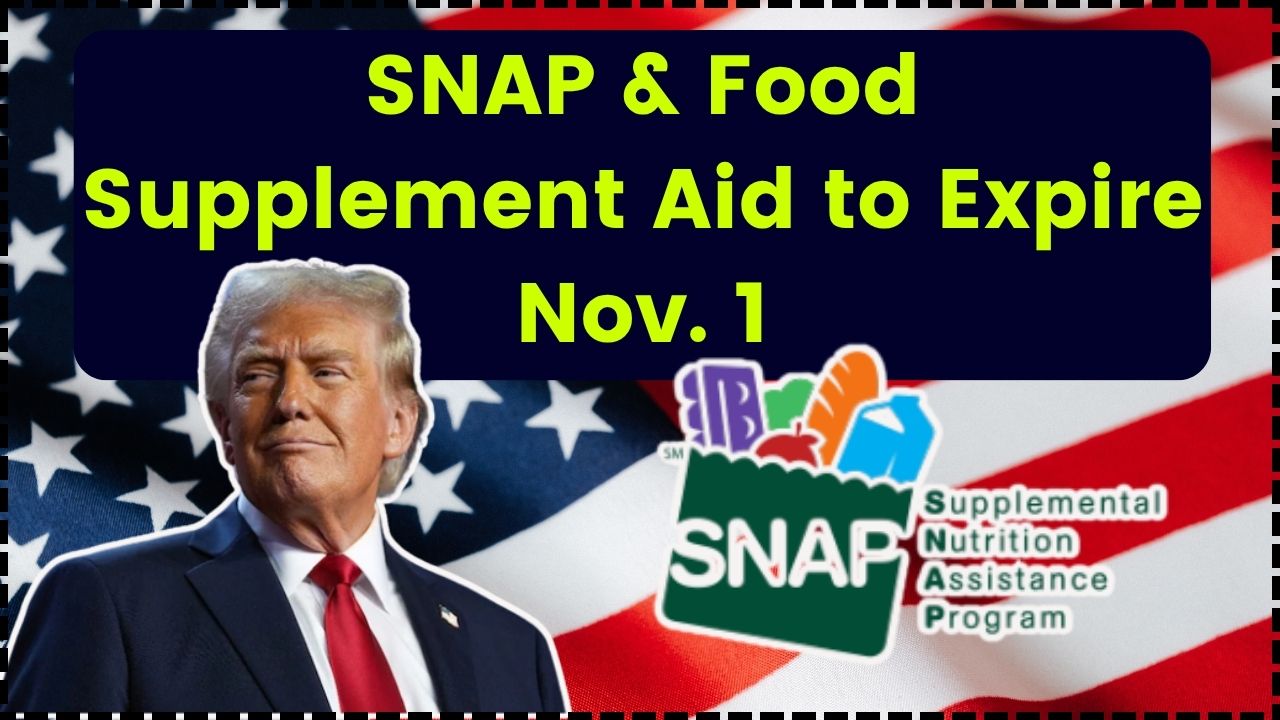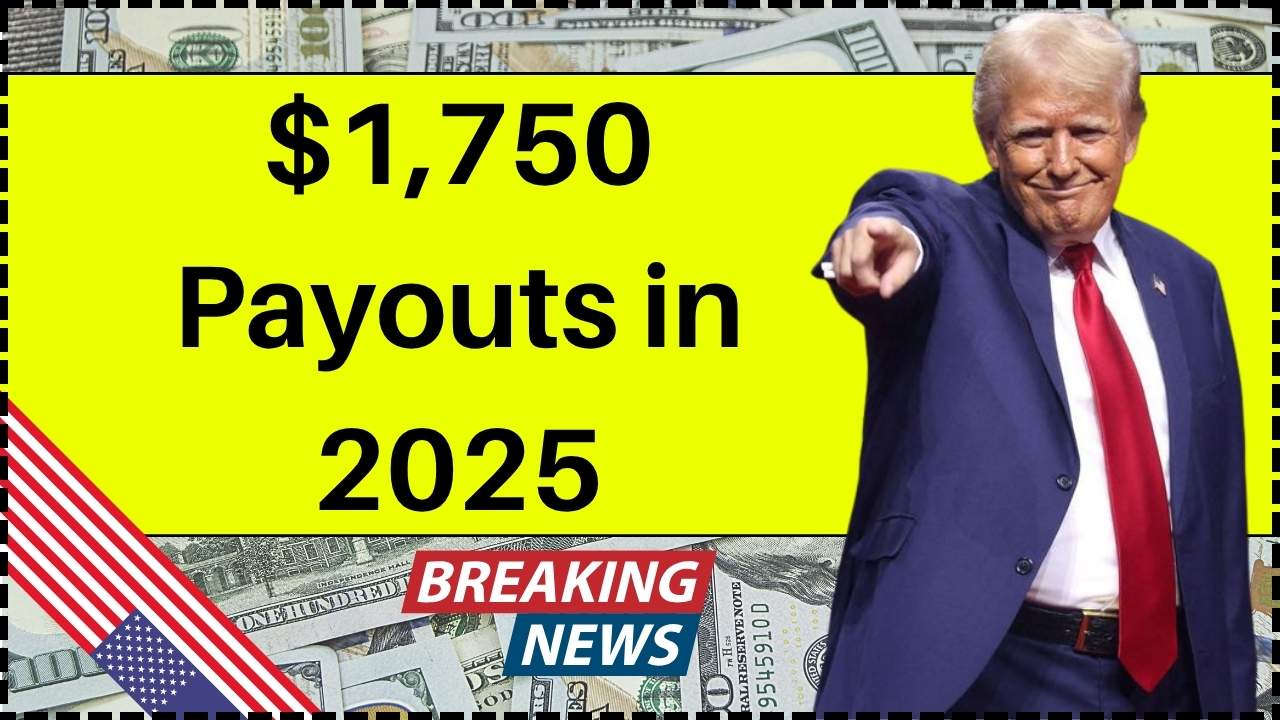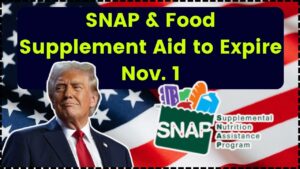Millions of families are on edge as the USDA warns that SNAP benefits could be delayed or reduced in November if the federal shutdown persists into late October, potentially disrupting food assistance for roughly 42 million people nationwide. October payments are funded and processing as normal, but states have been instructed to hold their November issuance files to EBT vendors “until further notice,” which signals that timelines may slip without new appropriations or emergency workarounds.

The USDA’s recent communication to state agencies says the program has funding for benefits and operations through October, but insufficient funds to pay full November SNAP benefits if the funding lapse continues. Several state and local agencies have relayed that November SNAP benefits cannot be issued or must be held for now, pending federal guidance or restored funding, and have urged residents to monitor official portals for updates.
Table of Contents
USDA Warns SNAP Benefits
| Key Point | Details |
|---|---|
| SNAP Status Now | October benefits funded and issuing as normal |
| USDA Warning | Insufficient funds for full November benefits if shutdown persists |
| Affected Population | About 42 million people nationwide |
| State Directive | Hold November issuance files to EBT vendors until further notice |
| State Alerts | Multiple states flag paused or uncertain November issuances |
| Timing Sensitivity | Files typically transmit in prior month, risking November timelines |
| Past Precedent | 2018–19 shutdown used early issuances and emergency funds |
| What To Watch | Congressional action to reopen government; USDA updates lifting holds |
If the shutdown ends quickly, USDA can lift the hold and states can transmit files for November, potentially compressing schedules to get issuances out. If it persists, November SNAP benefits face delays or shortfalls, and families should watch official channels closely and prepare short-term food plans accordingly. The situation can change fast, so checking your state’s benefits site and notifications daily is the most reliable way to know when November EBT will load.
What USDA Told States
USDA’s Food and Nutrition Service notified states it can maintain benefits and operations through October but flagged insufficient resources for full November SNAP benefits if the shutdown endures, formally instructing agencies to delay transmission of November issuance files “until further notice.” The directive reflects both funding constraints and the reality that SNAP’s delivery relies on automated processes and scheduled vendor transmissions queued ahead of each issuance month.
Why November Is At Risk
SNAP is federally funded with benefits typically loaded on a rolling schedule, and a late-October lapse directly disrupts the back-end steps needed for timely November payments, including file generation, verification, and vendor transmission windows. While SNAP is mandatory in statute, agencies still require appropriations authority and staffing to disburse benefits on time, so a prolonged shutdown strains both available balances and operational capacity.
State-Level Alerts And Examples
Multiple states and counties have publicly stated that November SNAP benefits cannot be issued at this time or must be held, calling it a nationwide issue driven by the federal funding lapse. Agencies are directing residents to benefits portals for status updates and to local food resources as interim support, while they await clear federal guidance or restored funding.
How This Compares to Past Shutdowns
During the 2018–19 shutdown, USDA advanced February benefits into January and Congress later provided emergency funding to stabilize March. That history shows workarounds can mitigate disruption, but similar steps now depend on legal authority, available balances, timing, and rapid coordination across federal, state, and vendor systems.
What Recipients Should Do Right Now
Households should continue using October benefits normally, monitor their state’s benefit portal and agency channels, and be prepared for potential November delays or partial issuances if the hold remains in place toward month’s end. Many agencies recommend lining up local food resources such as 211 services and community partners as a bridge if November funds arrive late.
Trending Developments To Watch This Week
- Federal guidance: Any instruction lifting the November hold to EBT vendors would immediately let states proceed on revised timelines.
- State updates: Agencies will post availability changes, backup resources, and portal notices as soon as federal direction changes or funding returns.
- Appropriations outlook: A vote to reopen the government is the clearest path to restore timelines and avoid November disruptions.
Action Checklist For Households
- Check your EBT balance and plan essential purchases while October benefits remain available.
- Bookmark your state portal and county human services pages for November updates and timing notices.
- Locate nearby food resources now, such as 211 and local directories, in case November loads come late.
October SNAP benefits are safe, but November is uncertain if the shutdown continues, since states were told to hold November issuance files and USDA signaled insufficient funds for full November payments without new appropriations. If Congress restores funding quickly, USDA can lift the hold and states can transmit files on compressed timelines; if not, households should plan for possible delays, keep renewals current, and follow state portals and 211 resources for real-time updates.
FAQs on USDA Warns SNAP Benefits
Will October SNAP benefits be affected?
No. October benefits and operations are funded and processing as normal, so recipients can use their EBT cards as usual this month.
Will November EBT load on time?
Not guaranteed. States were directed to hold November issuance files to vendors “until further notice,” so timing depends on restored funding or updated federal guidance.
What if my state says November benefits cannot be issued?
Follow your state’s official portal for real-time updates and use community resources such as 211 or local food directories for interim assistance until benefits resume.
What happened during the last long shutdown?
In 2018–19, USDA advanced February benefits into January and Congress later passed emergency funds for March. Similar measures now would require legal authority, available balances, and prompt coordination.
Can I still apply for SNAP or complete my recertification during the shutdown?
Yes. Applications, recertifications, and required interviews are still being accepted and processed by state agencies, even during a federal shutdown. Submitting everything on time helps prevent gaps once funding is restored, and it positions your case to be issued as soon as your state receives clearance to transmit November files

